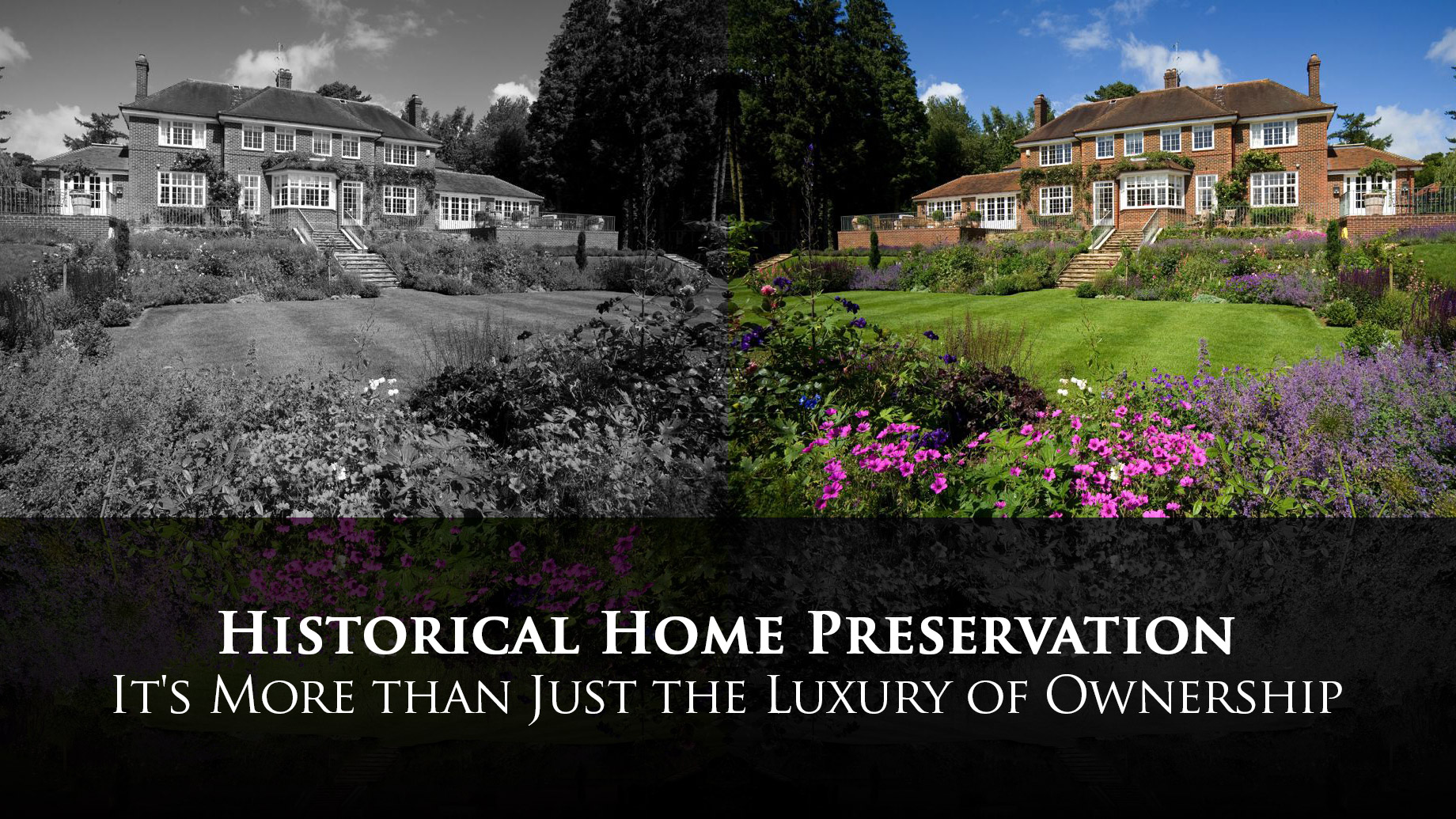
There’s a certain charm to living in a historic home, which, according to experts from the National Trust for Historic Preservation, includes any structure fifty or more years old in which a significant figure lived, or an important event took place. Unfortunately, despite the architectural appeal of such homes, older structures do present their fair share of problems. Peaceful living in such a residence may necessitate extra work, but if you’re like many a historic homeowner, you’ll ultimately find the pipe adjustments and wiring fixes worthwhile.
Be Careful About Rewiring
Depending on the age of your home, you may find yourself dealing with a wiring setup incapable of handling the heavy demands of the electronic age. Although doing it yourself seems like a viable option, think twice before grabbing those pliers. As US News and World Report points out, old wiring can prove a huge fire hazard, but working on old wiring without sufficient expertise could be even riskier. Do yourself a favor and call in an expert for an estimate — there’s no need to destroy the entire structure through your well-intentioned but poorly-executed DIY efforts.
Stay on Top of Pest Control
Old homes often act as magnets for mice, roaches and a vast array of other pests. Once the pesky critters have invaded the home (a move that very well could have taken place several decades ago), they are nearly impossible to drive out. Engaging in half-hearted measures won’t accomplish very much and, in the case of termites, could ruin your home. This Old House recommends calling out a licensed pest control professional for an assessment of your home.
Plumbing and Winter Weather
Plumbing issues remain among the most significant problems face by owners of historic homes. Exposed pipes are especially prominent, putting older homes at risk of cold weather disasters. If you own a historic home in a colder climate, protect your pipes from the elements. The Weather Channel recommends thoroughly examining plumbing, particularly any pipes located in attics or basements. Exposed plumbing in these areas and could greatly increase the chances of frozen pipes. The cost of repairing burst plumbing could be extensive, so it’s in your best interest to tackle exposed areas before such a disaster occurs.
Involve State and Federal Preservation Authorities If your historic home is truly something special, you may be able to get the United States Advisory Council for Historic Preservation (or a more local version) involved in its protection. The ACHP recommends seeking Section 106 protection to prevent your home from harm as a result of federally mandated activity. This may be the proper approach if you already know that zoning changes or significant development will take place in your area in the near future. By invoking Section 106, you ensure that the historic value of your home is recognized and therefore, respected.